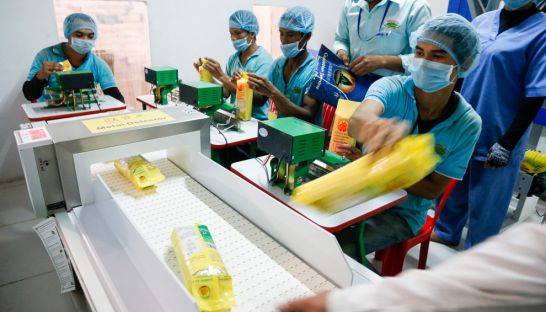Rice standards run out of steam
Rice standards run out of steam
The government is seeking funding to complete its effort to draft standards for 11 local varieties of rice as part of an initiative aimed at facilitating efforts to market Cambodia’s most important agricultural crop, a government official said yesterday.

Chheng Uddara, a department director at the Institute of Standards of Cambodia (ISC), said standards for eight varieties have been drafted with the financial support of the multi-donor Trade Development Support Program (TDSP), but the funding only covers about half of the development process.
“We received funding from the TDSP, but these funds only cover about 50 percent of the plan,” Uddara said. “We are short of the budget required to finish the standards.”
He said a draft of the new standards had already been completed and was ready for review, but more progress would be needed to test rice in laboratories, hold workshops and give the public a chance to provide feedback on the draft standards.
The draft standards identify each variety’s distinct characteristics, including its unique shape, texture, scent and cooking properties. They also set requirements for hygiene, packaging and trademarks.
According to Uddara, standards for three rice varieties – phka rumduol, phka chansensar and a general rice standard – have already been completed but not yet enforced.
“The total target set by the government is to have standards for 11 rice varieties in order to identify the quality of rice for export promotion,” he said. “We will request more funding to complete this as soon as possible.”
Developing these standards plays an important role in protecting the reputation of Cambodia’s indigenous rice varieties, explained Hun Lak, vice president of the Cambodian Rice Federation. However, he said in order for standards to be effective, they must be enforced, while it could also take time before they become internationally recognised.
“[Developing] rice standards is a good strategy to better identify rice varieties as normal, average and premium quality, and we should have a national standard to protect the reputation of our rice,” he said. “However, enforcement will take time, as will mainstreaming [these standards] into the international market.”













